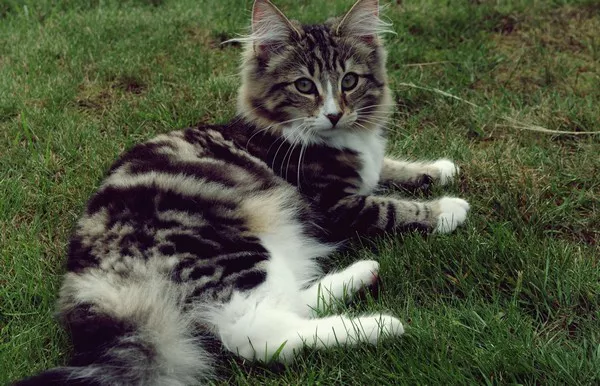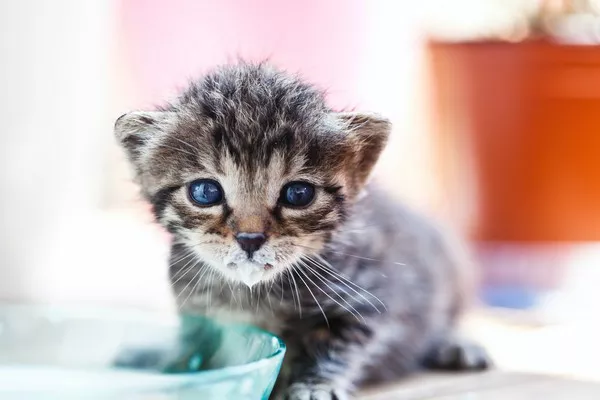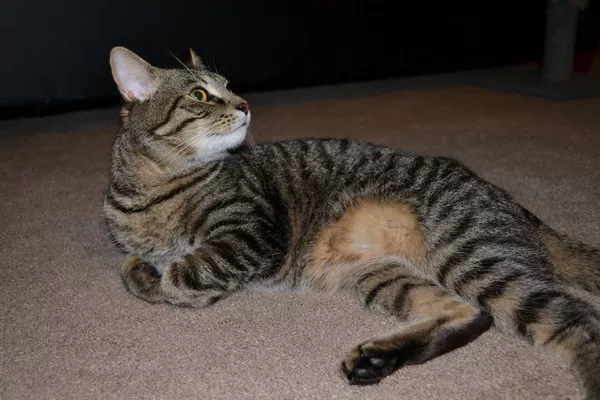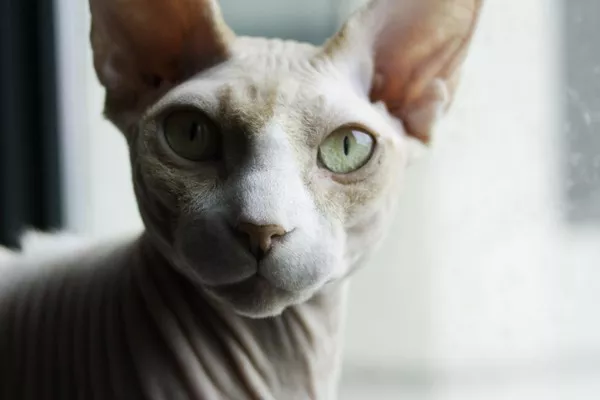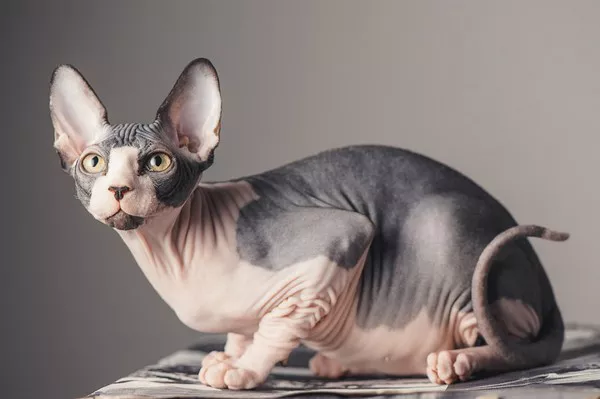Norwegian Forest Cats, with their majestic appearance and impressive size, have captured the hearts of cat enthusiasts around the world. Renowned for their rugged charm and gentle demeanor, these feline companions stand out for their robust build and substantial stature. In this comprehensive guide, we’ll delve into the factors that contribute to the impressive size of Norwegian Forest Cats, exploring genetics, evolution, and environmental influences that have shaped this beloved breed.
Introduction to Norwegian Forest Cats
Before delving into their size, let’s explore some key characteristics of Norwegian Forest Cats:
1. Origin and History:
Norwegian Forest Cats, or “Wegies” as they are affectionately known, are a natural breed that originated in Norway. They evolved to adapt to the harsh climate and rugged terrain of the Scandinavian forests, developing strong, muscular bodies and thick, water-resistant coats to withstand the elements.
2. Physical Characteristics:
Norwegian Forest Cats are known for their robust build, tufted ears, and bushy tails. They have a wild appearance reminiscent of their ancestors, with long, flowing fur that insulates them from the cold and expressive eyes that reflect their intelligence and curiosity.
3. Temperament and Personality:
Norwegian Forest Cats are intelligent, independent, and highly adaptable animals. They are known for their gentle and affectionate nature, forming strong bonds with their human companions. Despite their rugged exterior, Norwegian Forest Cats are often described as “gentle giants” for their loving demeanor and playful antics.
Genetic Influences on Norwegian Forest Cat Size
Genetics play a significant role in determining the size of Norwegian Forest Cats. Let’s explore how genetics contribute to their impressive stature:
1. Selective Breeding:
Over generations, breeders have selectively bred Norwegian Forest Cats to emphasize certain physical traits, including size. By choosing breeding pairs with larger body types, breeders have influenced the overall size and proportions of the breed, resulting in Norwegian Forest Cats that are larger than the average domestic cat.
2. Natural Genetic Variation:
Norwegian Forest Cats possess a diverse gene pool that includes genes for larger body size inherited from their wild ancestors. These genetic variations contribute to the breed’s overall size and robust build, with some individuals exhibiting larger frames and more substantial stature than others.
3. Polygenic Traits:
Size in Norwegian Forest Cats is influenced by multiple genes, known as polygenic traits, rather than being controlled by a single gene. This means that the size of individual cats can vary within the breed, with some cats being larger or smaller than average due to differences in their genetic makeup.
Evolutionary Adaptations for Size and Strength
The impressive size of Norwegian Forest Cats is not only a result of genetics but also reflects their evolutionary adaptations to their natural environment. Let’s explore how evolution has shaped the size and strength of Norwegian Forest Cats:
1. Survival in Harsh Environments:
Norwegian Forest Cats evolved in the rugged forests of Scandinavia, where they faced challenges such as harsh weather conditions, predators, and competition for resources. Their large size and muscular build provided them with the strength and agility needed to navigate their environment, hunt for prey, and defend themselves against potential threats.
2. Efficient Energy Storage:
The substantial stature of Norwegian Forest Cats is also an evolutionary adaptation for efficient energy storage. In their natural habitat, where food sources may be scarce or seasonal, larger body size allows cats to store energy reserves more effectively, providing them with the endurance and stamina needed to survive during lean times.
3. Climbing and Hunting Abilities:
Norwegian Forest Cats are skilled climbers and hunters, thanks to their impressive size and strength. Their large, muscular bodies enable them to scale trees, leap across gaps, and navigate challenging terrain with ease. Their robust build also allows them to capture and subdue prey effectively, making them formidable hunters in their natural habitat.
Environmental Influences on Norwegian Forest Cat Size
While genetics and evolution play significant roles in determining the size of Norwegian Forest Cats, environmental factors can also influence their growth and development. Let’s explore how environmental influences contribute to the size of Norwegian Forest Cats:
1. Nutritional Factors:
Adequate nutrition is essential for supporting the growth and development of Norwegian Forest Cats. A diet that is rich in protein, vitamins, and minerals is crucial for promoting healthy bone and muscle growth, ensuring that cats reach their full size potential. Poor nutrition during kittenhood can result in stunted growth and smaller adult size.
2. Access to Space and Exercise:
Norwegian Forest Cats thrive in environments that provide ample space for exercise and exploration. Access to outdoor areas where they can climb, run, and play allows cats to develop strong muscles and maintain optimal health. Cats that are confined to small spaces or lack opportunities for exercise may be at risk of obesity and reduced muscle tone.
3. Health and Wellness:
Overall health and wellness play a significant role in determining the size of Norwegian Forest Cats. Cats that receive regular veterinary care, including vaccinations, parasite control, and preventive health screenings, are more likely to reach their full size potential. Additionally, providing a stress-free environment and meeting cats’ social and emotional needs contribute to their overall well-being and growth.
Conclusion: Celebrating the Magnificent Size of Norwegian Forest Cats
In conclusion, the impressive size of Norwegian Forest Cats is a result of a combination of genetic, evolutionary, and environmental factors. Their robust build, substantial stature, and gentle demeanor reflect their adaptation to their natural habitat and the selective breeding practices that have shaped the breed over generations. By understanding the influences that contribute to the size of Norwegian Forest Cats, we can better appreciate and celebrate the magnificent stature of these beloved feline companions.
FAQs:
1. Are Norwegian Forest Cats bigger than Maine Coons?
Norwegian Forest Cats and Maine Coons are both large cat breeds, but size can vary among individuals. Generally, Maine Coons tend to be larger and heavier than Norwegian Forest Cats. Maine Coons are known for their substantial bone structure, muscular build, and long, tufted tails. While Norwegian Forest Cats are also sizable and robust, Maine Coons often surpass them in overall size and weight. However, variations in genetics, diet, and lifestyle can influence the size of individual cats within each breed, so there may be instances where a Norwegian Forest Cat is larger than a Maine Coon.
2. What is the biggest cat breed?
The Maine Coon holds the title of the biggest domestic cat breed in the world. Known for their impressive size and majestic appearance, Maine Coons are renowned for their long, muscular bodies, tufted ears, bushy tails, and tufted paws. Adult males can weigh anywhere from 13 to 18 pounds or more, while females typically weigh between 8 to 12 pounds. Their substantial bone structure and dense, water-repellent fur contribute to their impressive stature, making them one of the largest and most beloved cat breeds among enthusiasts worldwide.

